Stavropol appeared on the site of a military fortress built in the 18th century to protect the borders of the Russian Empire from the raids of the highlanders. Gradually, it turned into one of the key cities of the North Caucasus. Its historical monuments date back to the period of the 19th-20th centuries: churches, squares, monuments, old stone houses - most of the sights are located in the old part of the city in the Oktyabrsky district.
The main tourist street is the picturesque Karl Marx Avenue, descending from the Fortress Hill to the Tiflis Gate and the railway station. It is here that you can see the historical urban development, consisting of mansions with picturesque facades, decorated with decorative towers and stucco.
What to see and where to go in Stavropol?
The most interesting and beautiful places for walking. Photos and a short description.
- Monument to the Soldier-Red Guard
- Khoperskaya tent and part of the fortress wall
- Alexander Square
- Memorial Fire of Eternal Glory
- Stavropol Museum of Local Lore
- Art Gallery of P. M. Grechishkin
- Art gallery Parshin
- Regional Museum of Fine Arts
- Museum of the History of the Cossacks
- Museum-estate of V.I. Smirnova
- Drama Theater named after M. Yu. Lermontov
- Kazan Cathedral
- Andrew's Cathedral
- Railway station building
- Tiflis Gate
- Cold springs
- German Bridges
- Stavropol regional zooexotarium
- Victory Park
- Central park
Monument to the Soldier-Red Guard
The figure of "Budennovets" was installed on Fortress Hill in the 1970s in honor of the liberation of Stavropol from the White Guards during the Civil War. The seven-meter monument is one of the recognizable symbols of Stavropol - it is a popular place for meetings, dates, walks, and excursions. There is a square in front of the monument, and an observation deck behind, from where you can see the North-Western district of the city.
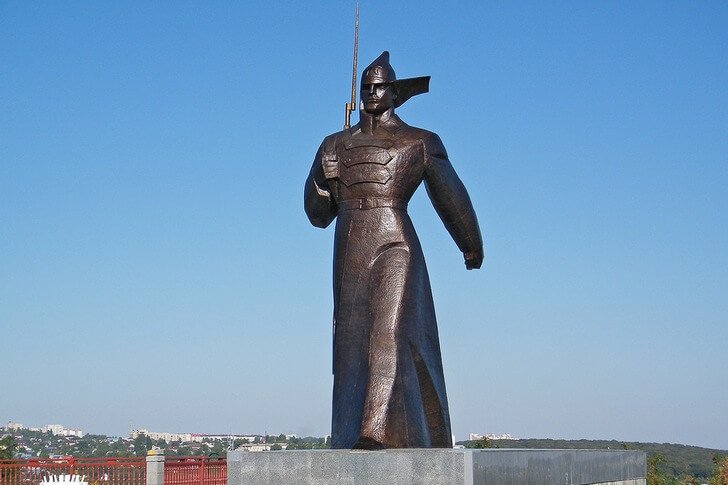
"Khoperskaya tent" and part of the fortress wall
Stavropol was founded in the 18th century as a defensive fortress, which later received the name "gates of the Caucasus". Only the remains of stone fortifications have survived to this day. In the 1970s, next to the site of the preserved fortress wall, a monument “Khoperskaya tent” was erected, made in the form of a camp tent on a pedestal. On the side faces of the monument there are plates with a plan of the Stavropol fortress, inside there is a symbolic key to the city.

Alexander Square
One of the central and busiest city squares, named in the middle of the 19th century in honor of Emperor Alexander II, who honored Stavropol with his visit. The second name of the place is Angel Square. In the middle there is a stele with the figure of the guardian angel of the city, restaurants, offices and shops are located around, which attracts lovers of shopping and hiking.
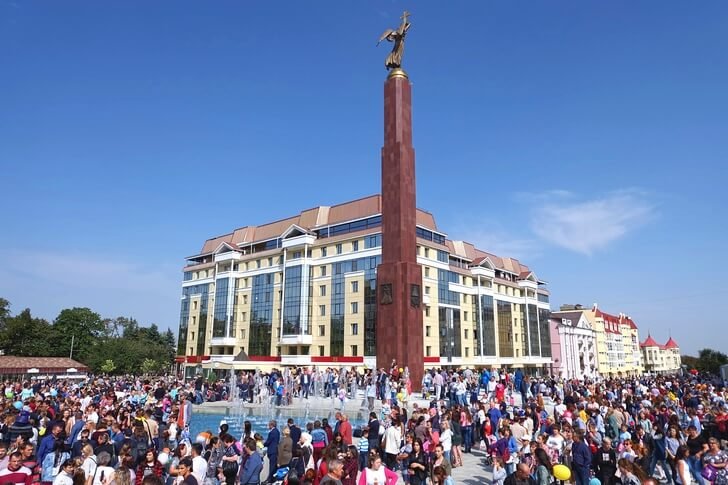
Memorial "Fire of Eternal Glory"
The memorial was opened in 1967 at the foot of the Fortress Mountain. It is located on the site of a mass grave of soldiers who died during the battles for the liberation of Stavropol during the Second World War. The monument is a monolithic wall with the stern faces of two soldiers and a woman carved on it, symbolizing the Motherland. In front of the bas-reliefs on a granite pedestal is the Eternal Flame.
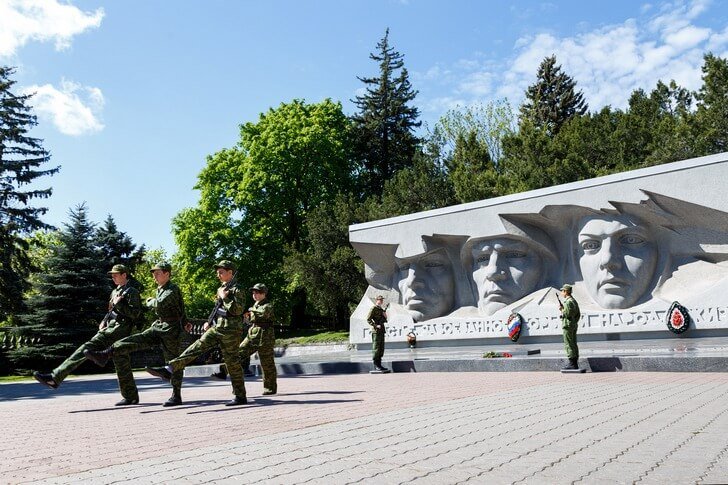
Stavropol Museum of Local Lore
The museum collection is located on the territory of the former shopping malls of the 19th century. The institution was founded in 1905, for some time it was the only museum in the North Caucasus. During the Second World War and occupation, he continued to work, despite the fact that his exposition was badly damaged. To date, the funds contain more than 300 thousand exhibits, which form natural, ethnographic and historical collections.
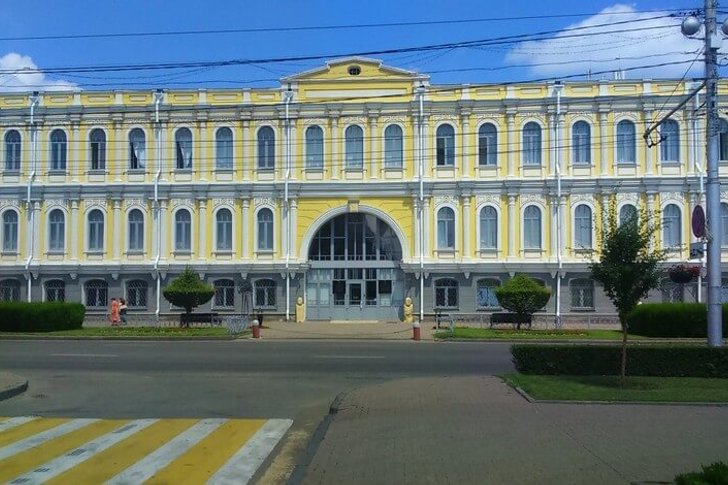
Art Gallery of P. M. Grechishkin
The art gallery is located in the building of a former mosque in the central part of Stavropol. Her collection consists mainly of the works of the painter P. M. Grechishkin, who in 1987, after the completion of his solo exhibition, donated more than 160 of his paintings to the city. The gallery also exhibits paintings by other artists - about 500 exhibits in total. Among them there are interesting works of young Stavropol masters.
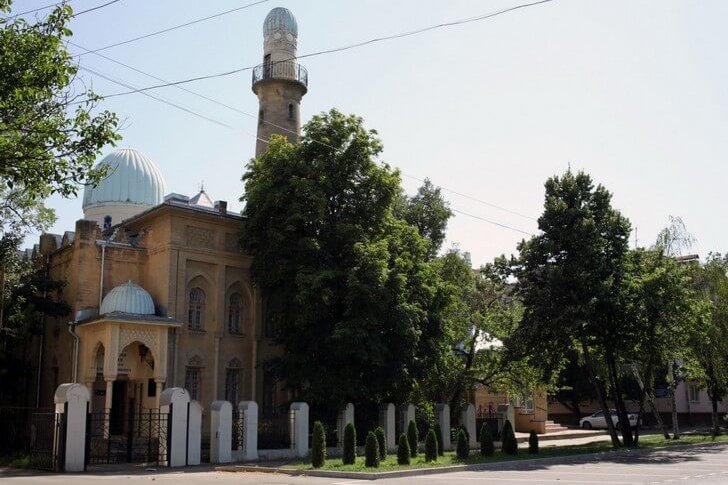
Art gallery "Parshin"
A private contemporary art museum and art space with a stylish design. It is adapted for organizing exhibitions of various formats and positions itself as a special creative space. On its territory, not only vernissages are held, but also chamber theater performances, concerts and parties “for the elite”. Inside, the atmosphere of a fashionable art salon reigns.
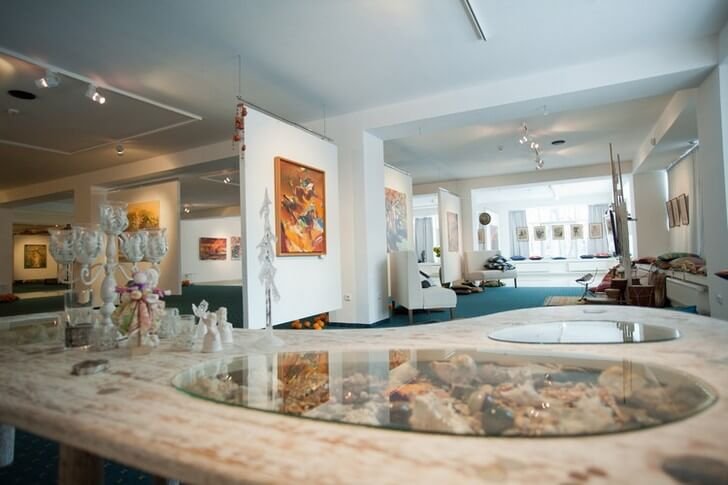
Regional Museum of Fine Arts
Museum collections are located in a stone mansion of the late 19th - early 20th centuries. The gallery has the richest fund of works of art in the North Caucasus. In its halls you can admire the works of Levitan, Vasnetsov, Bryullov Kuindzhi, Aivazovsky. Also noteworthy is the department of arts and crafts, which contains folk art and modern art objects.

Museum of the History of the Cossacks
The facility is located near the railway station. It is not only an exhibition, but also a full-fledged cultural center of the Stavropol Cossacks. The collection was based on the private collection of ataman V. A. Esaulov. Visitors are greeted by a wall-to-wall diorama depicting the Stavropol fortress of the 18th century, interesting collections of weapons with a variety of Cossack sabers, icons and old books.
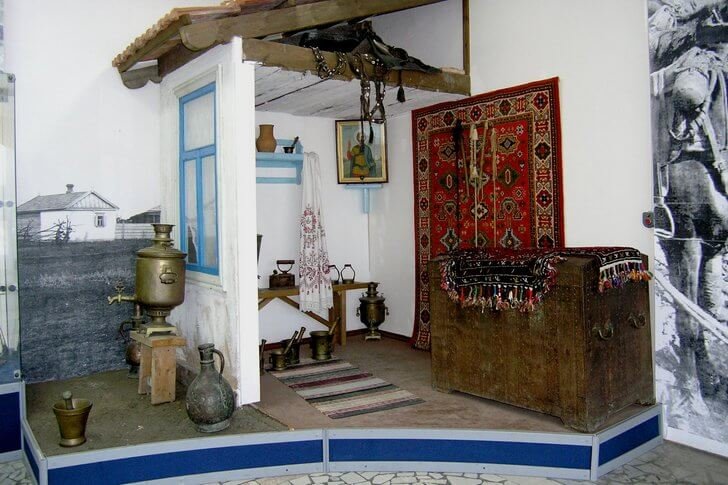
Museum-estate of V.I. Smirnova
The Museum named after the artist V. I. Smirnov is located in a stone house of the middle of the 19th century. The painter bought it in 1889, later the famous cultural figure Kosta Khetagurov settled in it. In the 1970s, the National Literary Museum was organized on the territory of the house. After a major overhaul of the building in the 2000s, it again acquired a historical appearance, and a lot of effort was also invested in recreating the interiors.

Drama Theater named after M. Yu. Lermontov
The only dramatic scene in Stavropol (and the very first in the North Caucasus), founded in the middle of the 19th century. Since 1910, performances have been held in a building erected at the expense of local merchants. Since 1964, the troupe moved to a modern building, and the philharmonic was located in the old one. The stage plays a huge role in the cultural life of the city. The playbill always features classical productions by Russian and foreign playwrights.
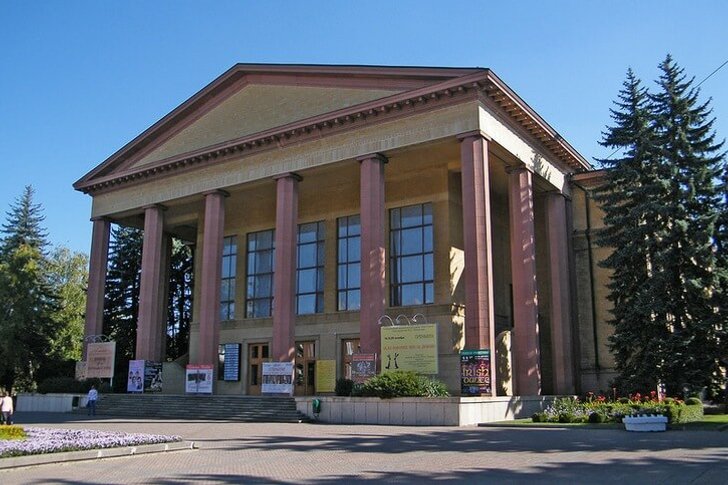
Kazan Cathedral
The cathedral church of the city, built in the 1840s and destroyed in the 1930s. The building was restored on the old foundation already in the 2000s. The first cathedral had a grandiose bell tower, twice the length of the main building. The modern project did not imply a complete return to the historical appearance, so the new belfry turned out to be much more modest.

Andrew's Cathedral
The temple was built at the end of the 19th century according to the project of G. P. Kuskov instead of the wooden church of St. Andrew the First-Called. The painter and poet Kosta Khetagurov worked on the interior wall painting. After closing in the 1930s, the cathedral was turned into an archive, having previously destroyed the upper tier of the bell tower. Services resumed in 1942 during the occupation. The structure was built in the Russian-Byzantine style with a pronounced central dome and a richly decorated facade.

Railway station building
The modern building of the railway station appeared in the 1940s, as the previous building of the late 19th century was destroyed during the war. It should be noted that although it was made in a different style, it was still not inferior in beauty to the historical one. And even today, the Stavropol railway station can be considered one of the architectural gems of the city - its facade is decorated with openwork stucco, arched passages and classical capitals.
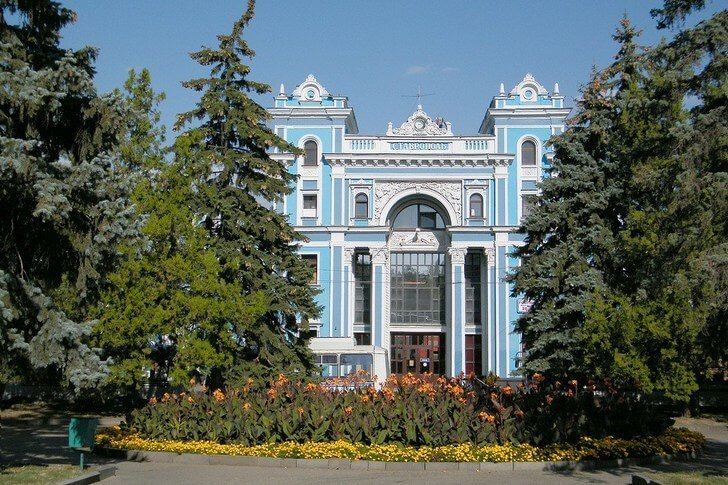
Tiflis Gate
Triumphal Arch, built in honor of the 30th anniversary of the victory in the Patriotic War of 1812 and to the glory of Russian weapons. The gate was located at the beginning of the Tiflis tract, from where carriages under the protection of the Cossacks set off in the direction of Vladikavkaz in the 19th century. The monument was destroyed in the 1930s. In 1998, it was restored to its original location in its historical appearance, using old photographs and drawings.
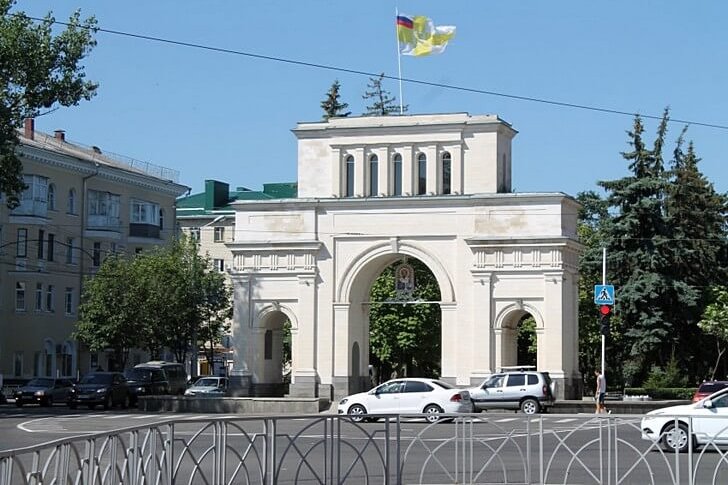
cold springs
The memorial complex, located on the site of natural springs in the Tamanskaya Dacha forest. In the 19th and 20th centuries, water was supplied from these sources to the city water supply system. Now the springs are not used for these purposes, and the place where they come to the surface is associated with the memorial of the same name, created in memory of the Stavropol residents who died during the German occupation.
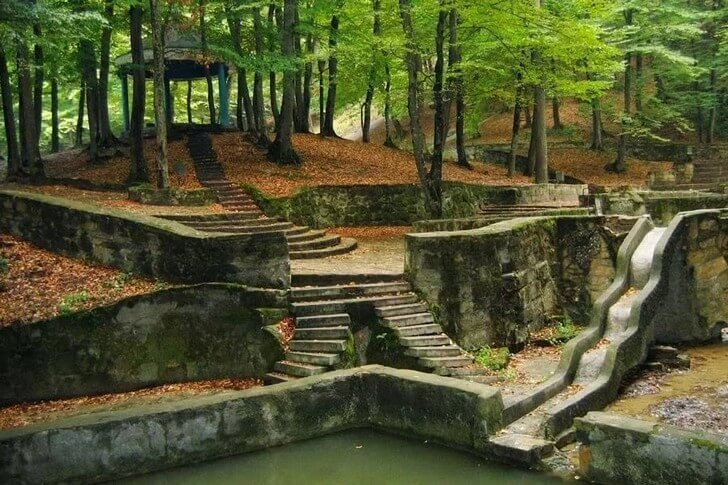
"German Bridges"
The remains of viaducts and bridges in the vicinity of Stavropol, built at the beginning of the 20th century and were part of the Armavir-Tuapse railway, which was partially destroyed during the Civil War. The name "German" designs were due to the fact that engineers from Europe, in particular from Germany, took part in their development. Some of the bridges are still in operation today.
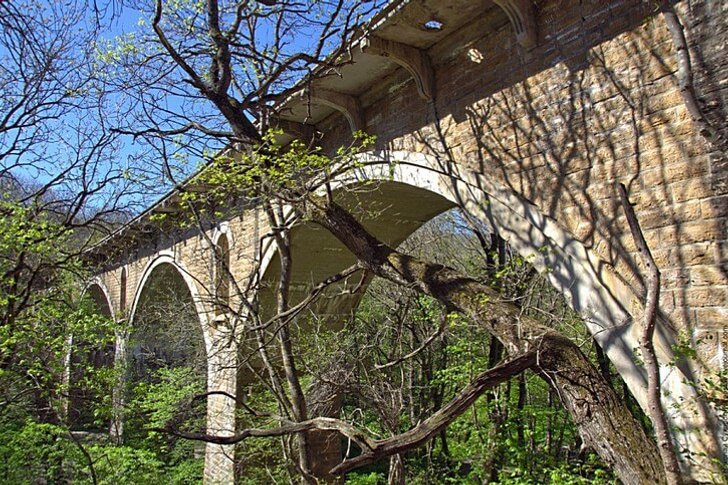
Stavropol regional zooexotarium
Wildlife Museum, Zoo, where you can see exotic representatives of the fauna. Snakes from South America, crocodiles, turtles, chameleons, monkeys, peacocks - more than 70 species in total. The inhabitants are kept in glass terrariums placed in darkened rooms and decorated with natural and artificial materials to create a habitat close to natural conditions.

Victory Park
The main park of the city, located in the South-West region, with attractions typical for such a place, cafes, sports grounds. There is also an equestrian club and a water park. In the center is the main alley, decorated with "living" sculptures of greenery and flowers, flower beds, lawns. In the evenings, music plays here and the lights turn on. The park can be quite crowded on weekends and holidays.
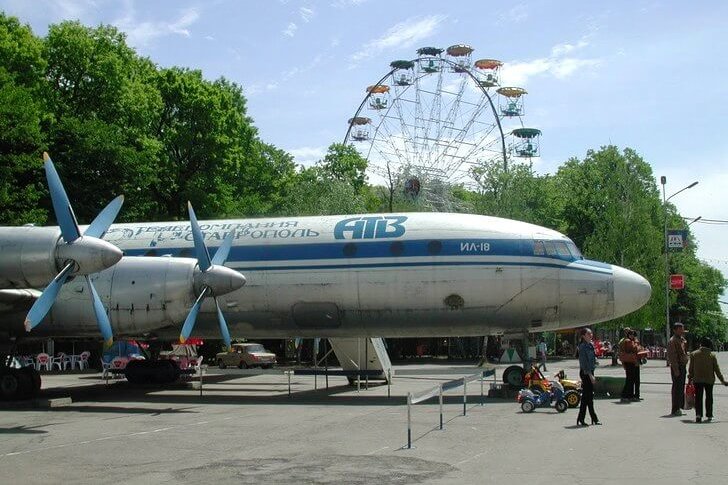
central park
Another zone of entertainment and walks for citizens with attractions and shady alleys. Its history began in the 19th century, when the mansion of General A. A. Velyaminov stood here, surrounded by a picturesque garden. Already at that time, the park had decorative flower beds, artificial ponds, benches, a platform for an orchestra and a gazebo with a balcony. The best gardeners looked after the territory. In Soviet times, the square repeatedly received the title of "The Best Park of the USSR".
